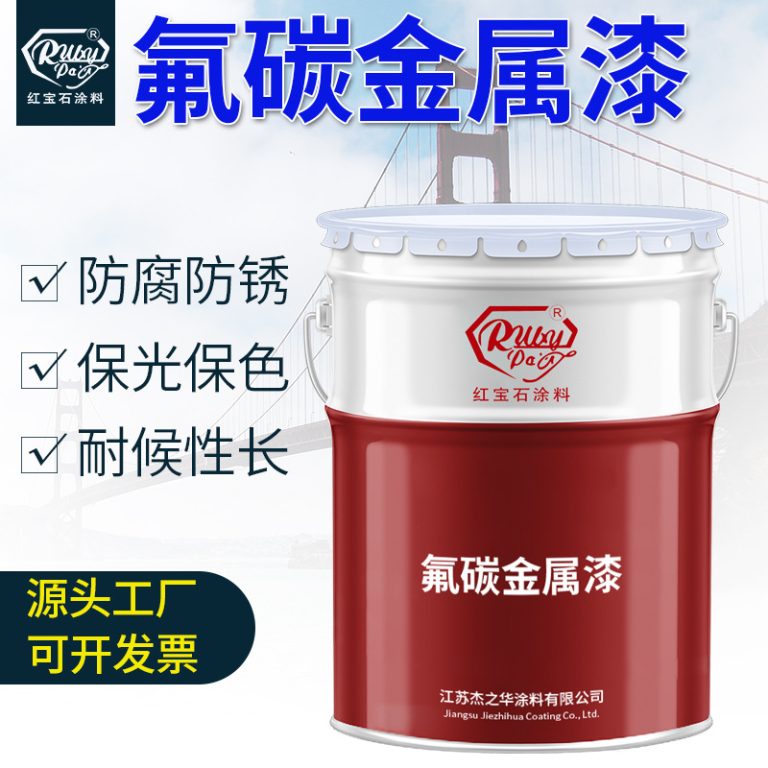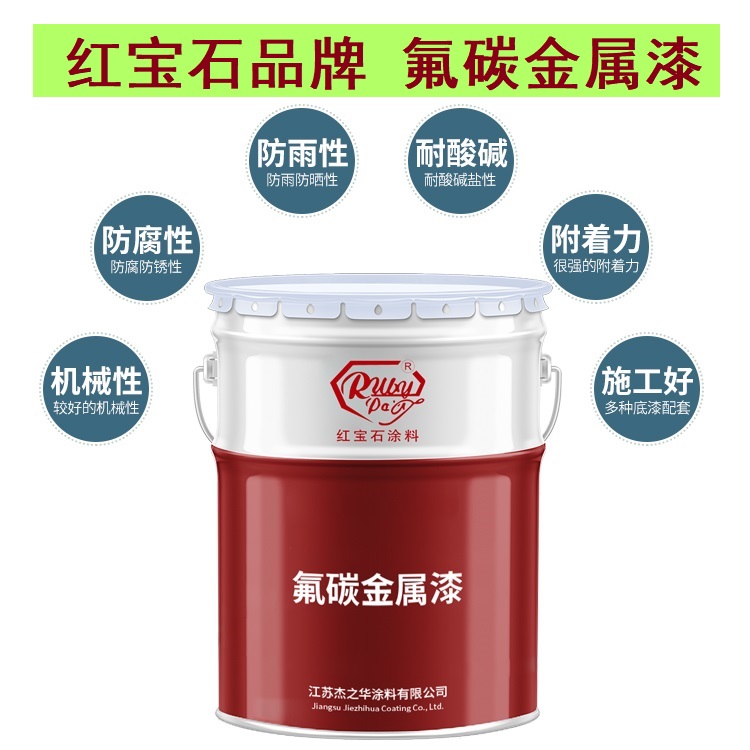Table of Contents
Applications And Benefits Of Urethane Adhesive For Plastic
Urethane adhesive, also known as polyurethane adhesive, is a versatile and robust bonding agent widely used in various industries for its exceptional adhesive properties, particularly when it comes to plastic materials. This type of adhesive is renowned for its ability to create strong, durable bonds between a wide range of substrates, including different types of plastics, metals, wood, and even concrete. The unique chemical composition of urethane adhesive allows it to offer several benefits and applications that make it an ideal choice for both industrial and consumer uses.
One of the primary applications of urethane adhesive is in the automotive industry, where it is used to bond plastic components of vehicles. This includes everything from exterior parts such as bumpers and fenders to interior elements like dashboards and door panels. The adhesive’s high impact resistance and flexibility ensure that these bonds can withstand the stresses and strains of everyday vehicle use without failing. Additionally, urethane adhesive is resistant to temperature fluctuations and environmental factors such as moisture and UV radiation, making it suitable for outdoor applications where other adhesives might degrade.
In the construction industry, urethane adhesive is employed to secure plastic fixtures and fittings. It is particularly useful for bonding plastic piping and insulation materials, as it provides a watertight seal that prevents leaks and enhances energy efficiency. The adhesive’s quick-setting nature and ability to bond to slightly wet surfaces make it ideal for construction environments where time and conditions are critical factors.
Moreover, urethane adhesive finds extensive use in the electronics industry. It is used to assemble plastic casings of electronic devices, ensuring that the components are securely held together and protected from external elements. The adhesive’s excellent electrical insulating properties also contribute to the overall safety and functionality of electronic devices.
The benefits of using urethane adhesive for plastic are numerous. Firstly, it offers superior bond strength, which is essential for applications where structural integrity is paramount. Unlike other adhesives that might become brittle and lose their effectiveness over time, urethane adhesive maintains its elasticity and strength, accommodating movements and loads without cracking or weakening.
Secondly, urethane adhesive is highly resistant to chemicals, oils, and solvents, which makes it suitable for use in harsh environments where other adhesives might fail. This chemical resistance also means that the adhesive can be used in applications involving direct contact with chemicals, such as in chemical processing plants or laboratories.
Furthermore, urethane adhesive is easy to apply and can be used with a variety of application methods, including manual dispensing, automated dispensing systems, and spray applications. This versatility in application ensures that it can be adapted to suit specific requirements and improve efficiency in manufacturing and assembly processes.
In conclusion, urethane adhesive for plastic offers a powerful solution for bonding a wide range of plastic materials across various industries. Its strong, durable, and flexible bonds, coupled with resistance to environmental factors and chemicals, make it an indispensable tool in automotive, construction, and electronics sectors, among others. The ease of application and versatility further enhance its appeal, making it a preferred choice for both industrial and consumer applications. As technology advances and the demand for high-performance adhesives grows, urethane adhesive is likely to play an increasingly vital role in manufacturing and assembly processes worldwide.
Comparing Urethane Adhesive With Other Adhesives For Plastic Bonding
Urethane adhesive, also known as polyurethane adhesive, is a versatile and durable option for bonding plastic materials. It is known for its strong bonding capabilities, flexibility, and resistance to environmental factors such as moisture, heat, and chemicals. When compared to other adhesives commonly used for plastic bonding, urethane adhesive offers several unique advantages that make it a preferred choice in many applications.
| No. | Product Name |
| 1 | Industrial paint |
One of the primary benefits of urethane adhesive is its ability to create a strong bond between a wide variety of plastic materials, including both thermoplastics and thermosets. This is in contrast to other adhesives, such as cyanoacrylates or acrylics, which may have limitations in terms of the types of plastics they can effectively bond. Urethane adhesive’s versatility makes it suitable for use in industries ranging from automotive to electronics, where different types of plastics are often used together.
Furthermore, urethane adhesive is known for its flexibility once cured. This characteristic allows it to absorb impacts and vibrations, making it ideal for applications where bonded parts may be subject to mechanical stress or movement. In comparison, other adhesives like epoxy can be more rigid and brittle, potentially leading to bond failure under similar conditions. The flexibility of urethane adhesive helps ensure the longevity and reliability of the bond, even in challenging environments.
| Serial Number | Product Name |
| 1 | Fluoracarbon finish paint |
Another advantage of urethane adhesive is its resistance to environmental factors. It can withstand exposure to moisture, temperature fluctuations, and various chemicals without degrading or losing its adhesive properties. This is particularly important in outdoor applications or in settings where the bonded materials may come into contact with harsh substances. Other adhesives, such as silicone or hot melt adhesives, may not provide the same level of resistance, limiting their use in certain conditions.
Despite these advantages, it is important to consider the specific requirements of each application when choosing an adhesive. For instance, while urethane adhesive offers excellent flexibility and environmental resistance, it may require longer curing times compared to other adhesives like cyanoacrylates, which are known for their rapid bonding capabilities. Additionally, the application process for urethane adhesive may involve mixing two components before use, which can add complexity to the bonding process.
In terms of cost, urethane adhesive can be more expensive than some other adhesives, such as hot melts or solvent-based adhesives. However, the superior performance and durability of urethane adhesive often justify the higher cost, especially in applications where bond failure could have significant consequences.

In conclusion, urethane adhesive is a highly effective option for bonding plastic materials, offering strong adhesion, flexibility, and resistance to environmental factors. While it may have some limitations in terms of curing time and application complexity, its advantages make it a preferred choice in many industries. When selecting an adhesive for plastic bonding, it is crucial to consider the specific needs of the application and weigh the benefits and drawbacks of urethane adhesive against other available options. By doing so, one can ensure the selection of the most appropriate adhesive to achieve a reliable and long-lasting bond.





